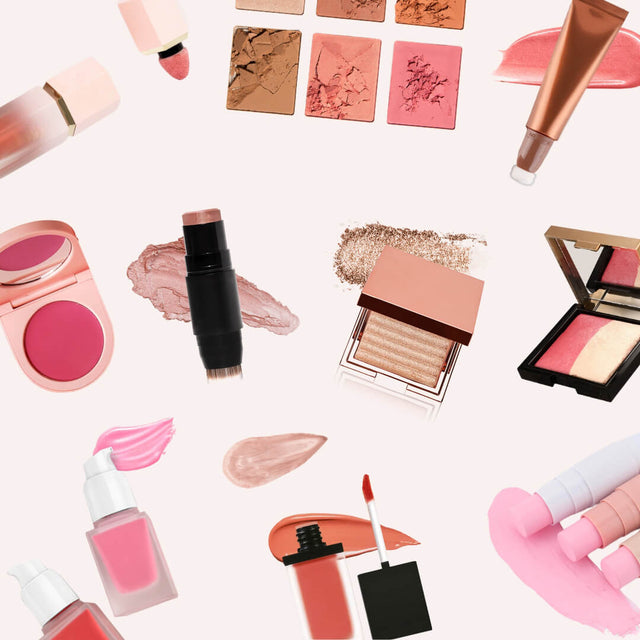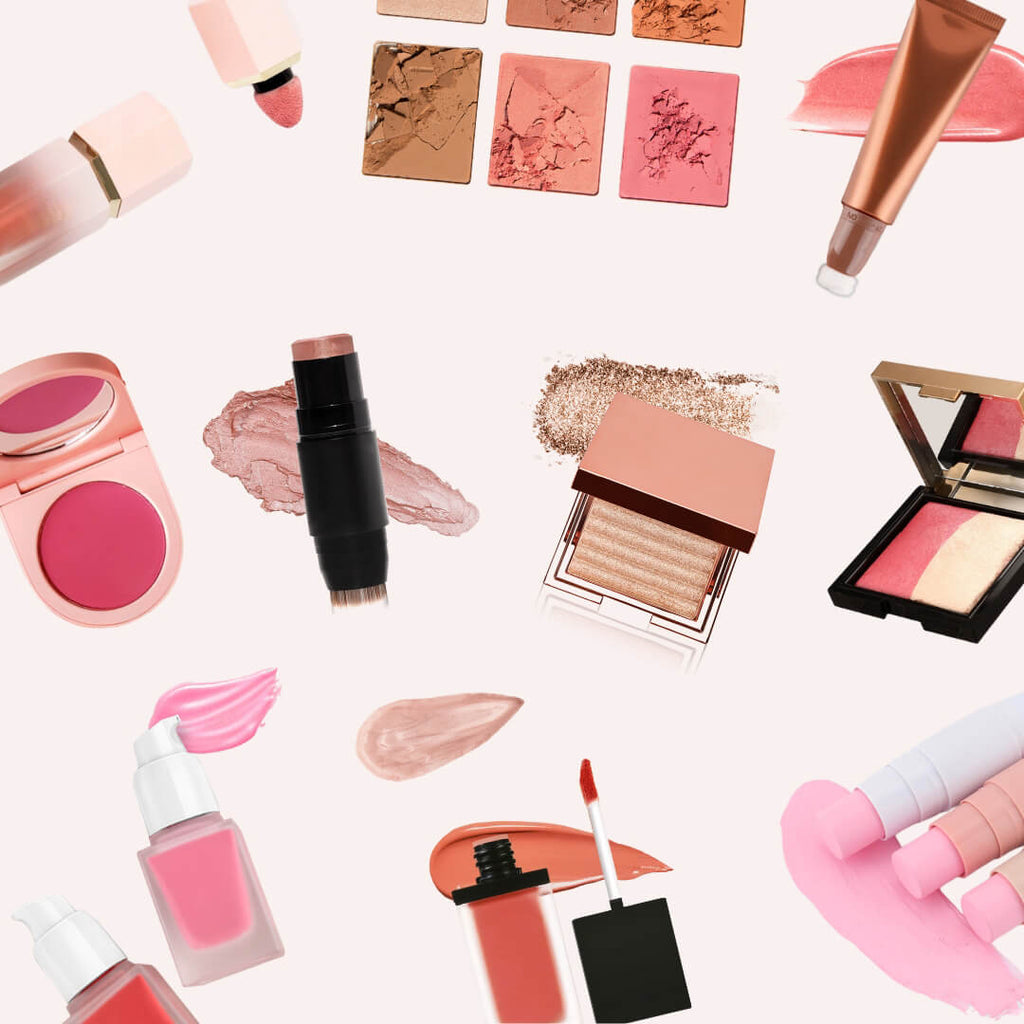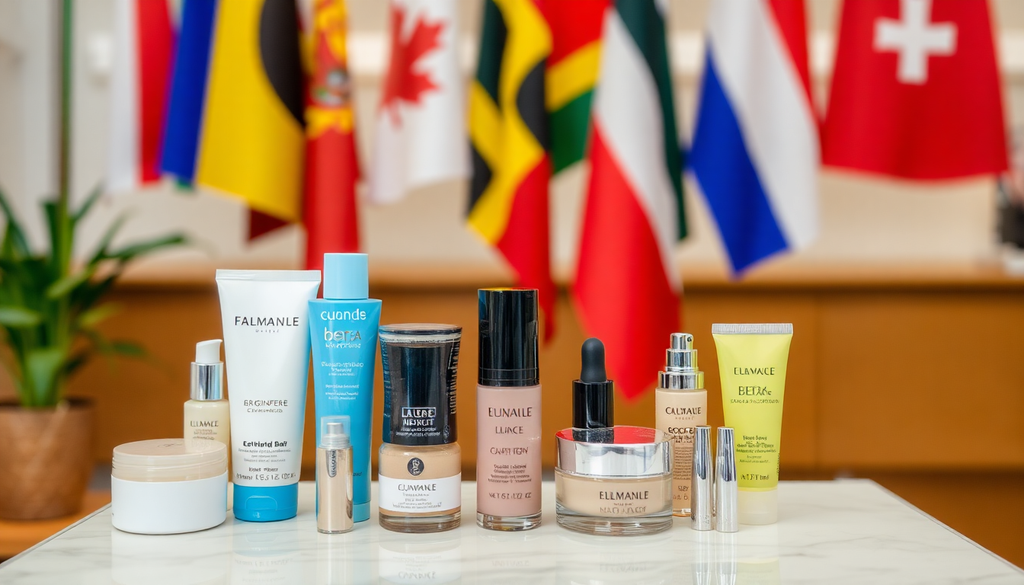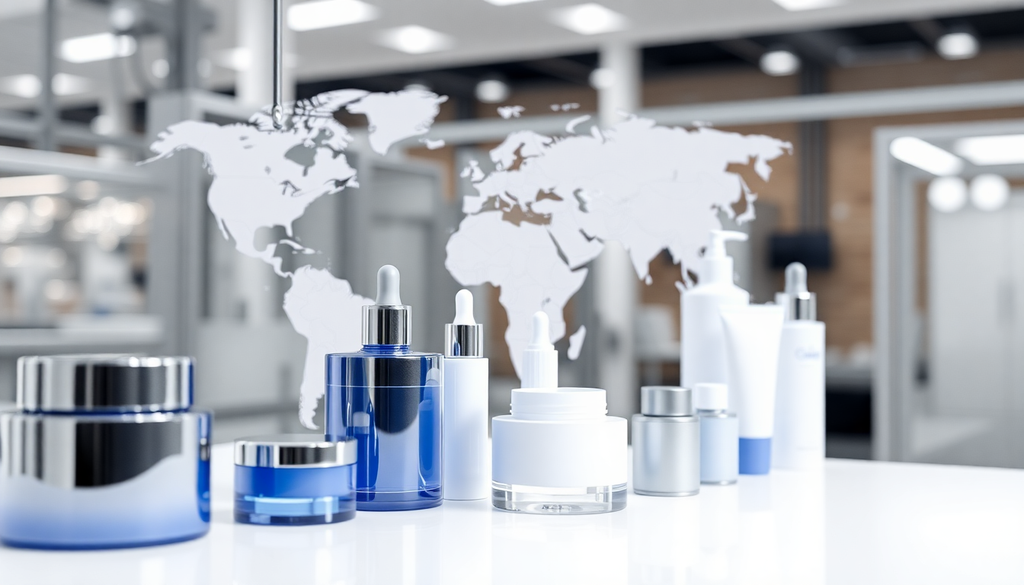
Essential Steps to Launch Your Makeup Brand in 2025: Country-Specific Regulations and Trend Insights for Global Success
Introduction
Launching a makeup brand in 2025 is an exciting and ambitious endeavor that offers immense potential in a rapidly growing industry. The beauty sector has seen a dramatic shift in consumer preferences, driven by technological advancements, social media influence, and a heightened awareness of sustainability. To successfully navigate this dynamic landscape, it’s crucial to understand the essential steps involving country-specific regulations, current trends, and effective marketing strategies. This comprehensive guide will equip you with the knowledge and insights needed to establish a successful makeup brand on a global scale.
1. Understanding Country-Specific Regulations
Each country possesses its own unique set of regulations governing cosmetic products that must be adhered to for legal compliance and market entry. Here’s a detailed examination of the regulations in key markets around the world:
United States
- FDA Regulations: In the U.S., cosmetics are regulated by the Food and Drug Administration (FDA). Ensure that your products comply with the FDA guidelines, which include ingredient safety, labeling requirements, and proper claims. It’s important to note that while the FDA does not require pre-market approval for cosmetics, it does monitor the industry for safety and labeling compliance.
- Animal Testing Laws: Several states, including California, have enacted laws prohibiting the sale of cosmetics tested on animals. Familiarize yourself with these regulations to ensure your product line aligns with ethical standards.
- State Regulations: Be aware that some states may have additional regulations concerning cosmetic products, particularly regarding environmental impacts and specific ingredient bans.
European Union
- Cosmetic Regulation (EC) No 1223/2009: This comprehensive regulation governs the safety and marketing of cosmetic products in the EU. It requires a thorough safety assessment, proper labeling, and product registration with the relevant authorities.
- REACH Compliance: The Registration, Evaluation, Authorisation, and Restriction of Chemicals (REACH) regulation mandates that all chemicals used in your products must be registered and assessed for safety. Ensure compliance to avoid penalties and market access issues.
- Labeling Standards: Be aware of specific labeling requirements in the EU, such as ingredient lists, usage instructions, and country of origin.
Australia
- Therapeutic Goods Administration (TGA): If your products make therapeutic claims, they must be registered with the TGA. Non-therapeutic cosmetics have fewer regulations but still require compliance with general safety standards.
- Labeling Requirements: Ensure that your labeling meets the Australian Competition and Consumer Commission (ACCC) guidelines. This includes ingredient disclosure and consumer safety information.
Canada
- Health Canada Regulations: Cosmetics in Canada are regulated under the Food and Drugs Act. Ensure compliance with the Cosmetic Regulations, which include proper labeling and ingredient safety.
- Ingredient Listing: All ingredients must be listed in accordance with the International Nomenclature of Cosmetic Ingredients (INCI) format. This is crucial for transparency and consumer trust.
- Notification: While pre-market approval is not required, you must notify Health Canada about your products before they're sold.
2. Setting Up Your Makeup Online Store
With the increasing demand for online shopping, establishing an online store is essential for reaching a broader audience and driving sales. Here are the key steps to set up your makeup online store:
- Select the Right E-Commerce Platform: Choose a reliable e-commerce platform that meets your needs. Popular options include Shopify, WooCommerce, and BigCommerce. Consider features such as ease of use, payment integrations, and scalability.
- Designing an Engaging User Experience: Your website should reflect your brand’s identity while providing an enjoyable shopping experience. Focus on aesthetics, high-quality images, and easy navigation to guide customers through your product offerings.
- SEO Optimization: Optimize your website for search engines by integrating relevant keywords into your product descriptions, meta tags, and blog content. This will improve your visibility and attract organic traffic.
- Secure Payment Gateways: Integrate various secure payment options to accommodate different consumer preferences. Offering options like credit cards, PayPal, and digital wallets can enhance customer trust and increase conversion rates.
- Mobile Optimization: Ensure that your online store is mobile-friendly, as a significant portion of consumers shop on their smartphones. A responsive design will improve user experience and drive sales.
3. Marketing Your Makeup Brand
To establish a strong presence in the competitive beauty market, a robust marketing strategy is essential. Here are effective marketing techniques to consider:
- Leverage Social Media: Utilize platforms like Instagram, TikTok, and Pinterest to showcase your products creatively. Collaborate with beauty influencers and content creators to reach a wider audience and build credibility.
- Content Marketing: Create valuable content that resonates with your target audience. This includes blog posts, tutorials, and makeup tips that position your brand as an authority in the beauty space.
- Search Engine Optimization (SEO): Optimize your website with relevant keywords to improve visibility on search engines. Focus on high-quality, informative content that addresses customer needs and questions.
- Email Marketing: Build an email list to keep your subscribers informed about new product launches, promotions, and exclusive offers. Personalize your emails to enhance engagement and foster loyalty.
- Paid Advertising: Consider investing in targeted online advertising through platforms like Google Ads and social media ads to reach potential customers effectively.
- Customer Reviews and Testimonials: Encourage satisfied customers to leave reviews and testimonials on your website and social media. Positive feedback builds trust and can influence purchase decisions.
4. Current Trends in the Makeup Industry
Staying updated with the latest trends is essential for capturing consumer interest and remaining competitive. Here are some significant trends in the makeup industry for 2025:
- Clean Beauty: Consumers are increasingly seeking products with natural, non-toxic, and sustainably sourced ingredients. Formulating clean beauty products will not only meet consumer demand but also enhance your brand’s reputation.
- Personalization: Offering personalized makeup solutions, such as custom shades or tailored product recommendations, can greatly enhance customer satisfaction and loyalty. Consider implementing quizzes or consultations to provide personalized experiences.
- Inclusive Shades: Develop a diverse range of shades that cater to all skin tones, promoting inclusivity. Brands that prioritize diversity in their product lines are more likely to resonate with consumers.
- Technological Integration: Embrace technology by integrating augmented reality (AR) features that allow customers to virtually try on products. This enhances the online shopping experience and reduces return rates.
- Minimalism and Multi-Functionality: There’s a growing trend towards minimalism, with consumers preferring multi-functional products that simplify their beauty routines. Consider developing products that serve multiple purposes, such as tinted moisturizers with SPF.
5. Building Your Brand Identity
Creating a strong brand identity is crucial to distinguish your makeup line in a crowded market. Here are some ways to build a compelling brand:
- Define Your Brand Values: Establish the core values that represent your brand, such as sustainability, inclusivity, or cruelty-free practices. Communicate these values clearly to resonate with your target audience.
- Develop a Unique Selling Proposition (USP): Identify what sets your brand apart from competitors. This could be unique formulations, innovative packaging, or an emphasis on ethical practices.
- Create a Memorable Brand Aesthetic: Design visually appealing packaging and branding materials that reflect your brand’s personality. Consistency in design across all platforms enhances brand recognition.
- Engage with Your Audience: Build a community around your brand by actively engaging with customers on social media, responding to comments, and soliciting feedback. This fosters loyalty and encourages word-of-mouth marketing.
Conclusion
In conclusion, launching a makeup brand in 2025 requires a thorough understanding of country-specific regulations, a strong online presence, effective marketing strategies, and a keen awareness of industry trends. By following these essential steps, you can position your makeup brand for global success in a competitive marketplace. The beauty industry is ripe with opportunities, and with the right approach, your brand can thrive and make a meaningful impact.




